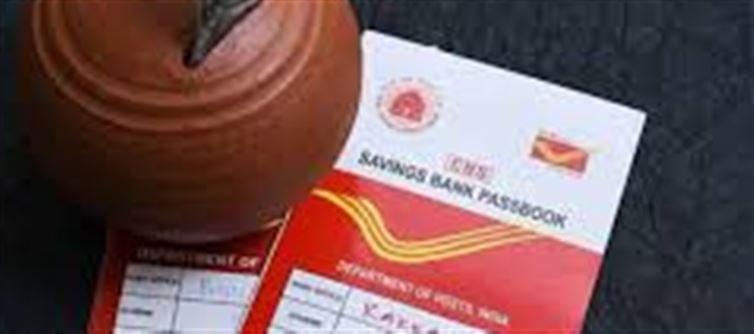
Looking for a safe and reliable way to double your money in a fixed time frame? The Post office Kisan Vikas Patra (KVP) is one of the most trusted and popular investment options available today. With its government-backed security, attractive returns, and simple process, KVP offers a way to grow your savings in a risk-free environment. Here’s everything you need to know about how you can double your money with this scheme.
1. What is Post office Kisan Vikas Patra (KVP)?
The Kisan Vikas Patra is a small savings scheme launched by india Post that allows you to invest in a fixed deposit with a guaranteed return. It is available at all post offices across india and is designed to double your investment in a specific number of years. This makes it one of the most secure and attractive options for long-term savings. The scheme is available to individuals, joint account holders, and even minors (with a guardian).
2. How Does KVP Work?
KVP works on a simple principle: the longer you invest, the greater the return. The amount you invest in the scheme grows over a fixed tenure, doubling at the end of that period. As of now, the KVP scheme offers a fixed interest rate of 7.0% per annum, compounded quarterly. Under this scheme, your investment will double in approximately 9 years and 4 months.
For example, if you invest ₹5 Lakh, you will have ₹10 Lakh at the end of the tenure. The rate of interest is fixed, and the amount will grow steadily over time, with no risk of market fluctuations, making it an excellent choice for conservative investors.
3. The Timeline: How Quickly Does Your Money Double?
One of the most attractive features of the Post office KVP is its ability to double your money in a set period. Currently, with a 7.0% interest rate, your investment will double in approximately 9 years and 4 months. This timeline makes KVP a solid option for those who want a long-term investment with assured returns, without the stress of market volatility.
Here’s a breakdown of how your money grows:
· ₹1,00,000 invested in KVP will become ₹2,00,000 in 9 years and 4 months.
· ₹5,00,000 invested in KVP will grow to ₹10,00,000 in the same period.
4. Key Features of the Kisan Vikas Patra
· Safety: Backed by the government of india, KVP is one of the safest investment options available.
· Fixed Interest Rate: The rate of interest is fixed, ensuring that your returns don’t fluctuate with market conditions.
· Liquidity: You can withdraw your investment after 2.5 years, but it’s better to let it grow until it doubles for optimal returns.
· No TDS: The scheme does not deduct tax at source (TDS), but the interest earned is taxable.
· Transferable: KVP certificates can be transferred to another post office, which provides flexibility in case of a change in residence.
5. How to Invest in Post office KVP?
Investing in KVP is simple:
1. Visit any Post Office: You can approach your nearest post office and fill out the application form for KVP.
2. Minimum Investment: The minimum investment in KVP is ₹1,000 with no maximum limit.
3. Tenure: The scheme comes with a fixed tenure, typically ranging between 2.5 years to 9 years depending on when you wish to cash out your returns.
6. Why Choose KVP?
· Guaranteed Returns: Unlike market-linked investments, the returns on KVP are guaranteed, making it a reliable choice for risk-averse investors.
· Tax Benefits: Although interest is taxable, the principal amount is exempt from tax. You can also claim capital gains exemptions if reinvested into specific instruments.
· Ideal for Long-Term Goals: KVP is perfect for meeting long-term financial goals like children’s education or retirement planning.
7. Conclusion: Double Your Money, Safely and Easily
The Post office Kisan Vikas Patra (KVP) is an excellent option for anyone seeking a safe, government-backed investment that will double your money in under a decade. With an attractive interest rate, simple investment process, and tax advantages, KVP is the ideal choice for long-term wealth building.
Disclaimer:
The views and opinions expressed in this article are those of the author and do not necessarily reflect the official policy or position of any agency, organization, employer, or company. All information provided is for general informational purposes only. While every effort has been made to ensure accuracy, we make no representations or warranties of any kind, express or implied, about the completeness, reliability, or suitability of the information contained herein. Readers are advised to verify facts and seek professional advice where necessary. Any reliance placed on such information is strictly at the reader’s own risk..jpg)




 click and follow Indiaherald WhatsApp channel
click and follow Indiaherald WhatsApp channel